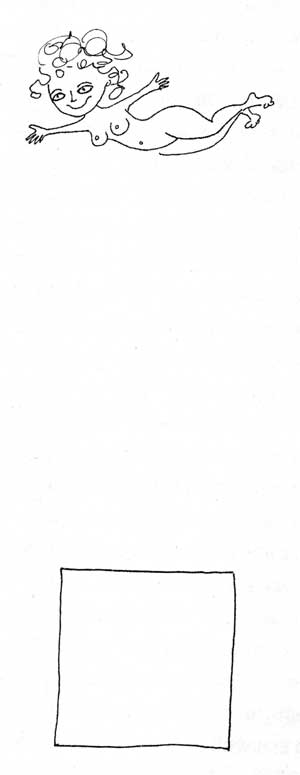“Why Goya”
A couple of years ago, I was invited to give a lecture on aspects of Goya's work at the Studio School in New York. Since that time, I've noticed a growing popular fascination with the artist. Last year, Julia Blackburn published Old Man Goya, a very personal account of the painter's life. Robert Hughes and Evan S. Connell have recently completed books on Goya: Hughes's was published this month. Last summer, I ran into the producer Saul Zaentz, who told me he was working on a movie project about Goya, and controversy has recently surrounded the Black Paintings with the claims by Spanish art historian Juan José Junquera that Goya did not paint those astounding late works. For a man who has been dead for 175 years, Goya is remarkably present among us still.
In June, I spent three weeks in Barcelona as a guest of the Institució de les Lletres Catalanes. I was working on an essay about Los Caprichos, Goya's collection of 80 prints first published in 1799, but was also drawn to the painting The Third of May (El Tres de Mayo), the artist's famous depiction of Napoleon's soldiers executing rebellious Spanish peasants in 1808. El Tres de Mayo is so well known that even people who have forgotten the title remember its central character - the agonised young man in a white shirt and yellow trousers who kneels before raised rifles with his hands in the air.
Read the rest of the article.
